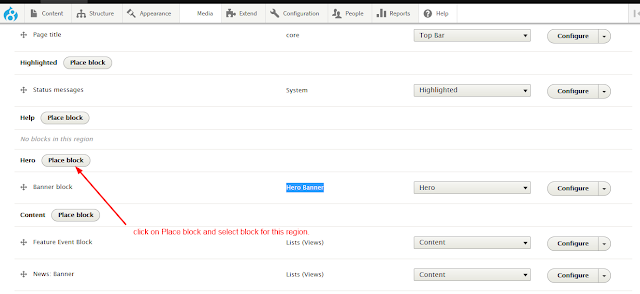Drupal 8 comes with Symfony framework, a high performing PHP framework with code security. Drupal 8 is faster than Drupal 7, here we have some points that can prove who is faster version in Drupal.
1. Drupal 8 now turned on dynamic caching.
2. Drupal 8 turned on 6 week page caching for anonymous users. This makes Drupal 8 serving anonymous user very fast.
3. Even logged in users can Benefit from performance improvement.
4. Drupal 8 does not send JavaScript to all pages, unless you need to use it.
5. Only place where Drupal 8 is slow in cold caching, if user is the first visitor of website in Drupal 8, it will be slower than Drupal 7 but because of cache improvement next time visitor will hit the page, it will be faster in Drupal 8.
6. Drupal 8 uses breakpoint media queries, which saves extra efforts to make a website responsive but in Drupal 7 does not use breakpoint media queries and has a different approach to manage how the site appears on different devices screens.
7. Drupal 8 uses Twig as a template engine. Twig is part of Symfony 2 framework and PHP based compiled template engine, however Drupal 7 uses the PHP template as default template engine and users create the templates by PHP code.
8. Symfony framework makes Drupal 8 stronger than Drupal 7 to develop secure and robust website or web applications.
9. Drupal 7 does not have powerful framework to manage its codebase. Developers still use Drupal 7 but its lack of framework features makes it hard to manage code.
Note: Why Drupal 8 Performance is better than Drupal 7?
1. Drupal 8 now turned on dynamic caching.
2. Drupal 8 turned on 6 week page caching for anonymous users. This makes Drupal 8 serving anonymous user very fast.
3. Even logged in users can Benefit from performance improvement.
4. Drupal 8 does not send JavaScript to all pages, unless you need to use it.
5. Only place where Drupal 8 is slow in cold caching, if user is the first visitor of website in Drupal 8, it will be slower than Drupal 7 but because of cache improvement next time visitor will hit the page, it will be faster in Drupal 8.
6. Drupal 8 uses breakpoint media queries, which saves extra efforts to make a website responsive but in Drupal 7 does not use breakpoint media queries and has a different approach to manage how the site appears on different devices screens.
7. Drupal 8 uses Twig as a template engine. Twig is part of Symfony 2 framework and PHP based compiled template engine, however Drupal 7 uses the PHP template as default template engine and users create the templates by PHP code.
8. Symfony framework makes Drupal 8 stronger than Drupal 7 to develop secure and robust website or web applications.
9. Drupal 7 does not have powerful framework to manage its codebase. Developers still use Drupal 7 but its lack of framework features makes it hard to manage code.
Note: Why Drupal 8 Performance is better than Drupal 7?




